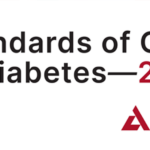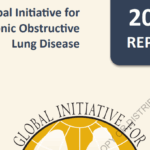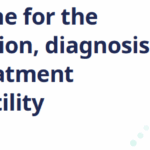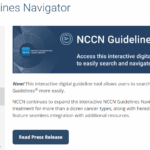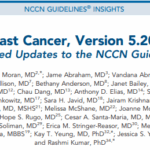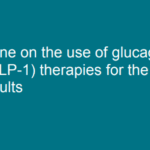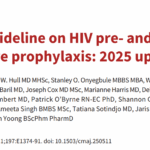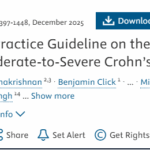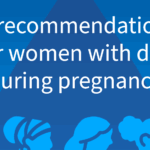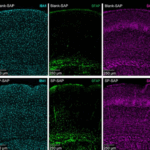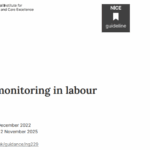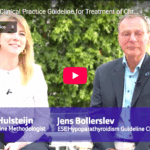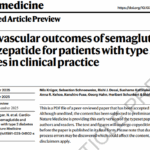Lo yogurt potrebbe ridurre il cancro al colon
Notizie dalla RicercaIl consumo regolare di yogurt potrebbe ridurre il rischio di tumore al colon-retto, secondo uno studio condotto da ricercatori del Brigham...
Cancro al seno avanzato: diagnosi e trattamento
Cancro al senoQuesta linea guida pubblicata da NICE, riguarda l’assistenza e il supporto per le persone con tumore al seno avanzato (stadio 4). Ha lo...
Nuova speranza per il trattamento del cancro colorettale
Notizie dalla RicercaNuova speranza per il trattamento del cancro colorettale: l’innovativo fotosensibilizzatore Ce6-GFFY si dimostra promettente nella lotta...
Un esame del sangue identifica il cancro al pancreas
Notizie dalla RicercaGli scienziati dell’Oregon Health & Science University hanno sviluppato PAC-MANN, un esame del sangue che rileva il cancro al...
Mangiare yogurt può ridurre il rischio di specifici tumori del colon-retto
Notizie dalla RicercaUno studio del Mass General Brigham ha scoperto che il consumo di due o più porzioni di yogurt a settimana a lungo termine può ridurre...
Cancro ovarico: Standard di qualità
Cancro dell'ovaioNice ha provveduto ad aggiornare e a sostituire la versione precedente pubblicata nel 2012 sul cancro ovarico. La revisione ha identificato...
Un test delle urine per il cancro alla prostata potrebbe essere utilizzato a casa
Notizie dalla RicercaI ricercatori dell’University of Vanderbilt e dell’University of Michigan hanno dimostrato che un semplice test delle urine da fare a...
Linee guida di pratica clinica per la riabilitazione dell’ictus
CardiovascolareQuesto documento riassume le linee guida aggiornate per la pratica clinica del 2024, sviluppate congiuntamente dal Dipartimento per gli...
Identificati nuovi biomarcatori per rilevare il cancro del colon-retto
Notizie dalla RicercaIn un articolo pubblicato su “Frontiers in Oncology“, i ricercatori dell’University of Birmingham, hanno analizzato uno dei più...
La nuova intelligenza artificiale prevede il funzionamento interno delle cellule
Notizie dalla RicercaAllo stesso modo in cui ChatGPT comprende il linguaggio umano, un nuovo modello di intelligenza artificiale sviluppato dai biologi...
La nuova intelligenza artificiale prevede il funzionamento interno delle cellule
Notizie dalla RicercaAllo stesso modo in cui ChatGPT comprende il linguaggio umano, un nuovo modello di intelligenza artificiale sviluppato dai biologi...
Individuato un nuovo potenziale obiettivo per superare la resistenza al cancro al seno
Notizie dalla RicercaUn nuovo studio dell’University of Cincinnati Cancer Center ha identificato un particolare filamento di microRNA come un nuovo...
Linee guida e addendum neoplasie dello stomaco e della giunzione esofago-gastrica
Cancro allo stomacoLe Linee Guida AIOM Stomaco e giunzione gastro-esofagea hanno lo scopo di formulare le raccomandazioni per quanto riguarda: la prevenzione...
Linee guida tumori del colon
Cancro al colon-rettoLe Linee guida AIOM Tumori del colon hanno lo scopo di formulare le raccomandazioni per quanto riguarda: la prevenzione del tumore del...
Linee Guida per la prevenzione, diagnosi e gestione della BPCO
BPCOQuesto rapporto del 2025 Global Initiative for Chronic Obstructive Lung Disease – GOLD, fornisce una panoramica aggiornata sulle linee...
Linee guida sull’identificazione e gestione della menopausa
Salute della DonnaQuesta linea guida pubblicata da NICE, riguarda l’identificazione e la gestione della menopausa, anche nelle persone con insufficienza...



